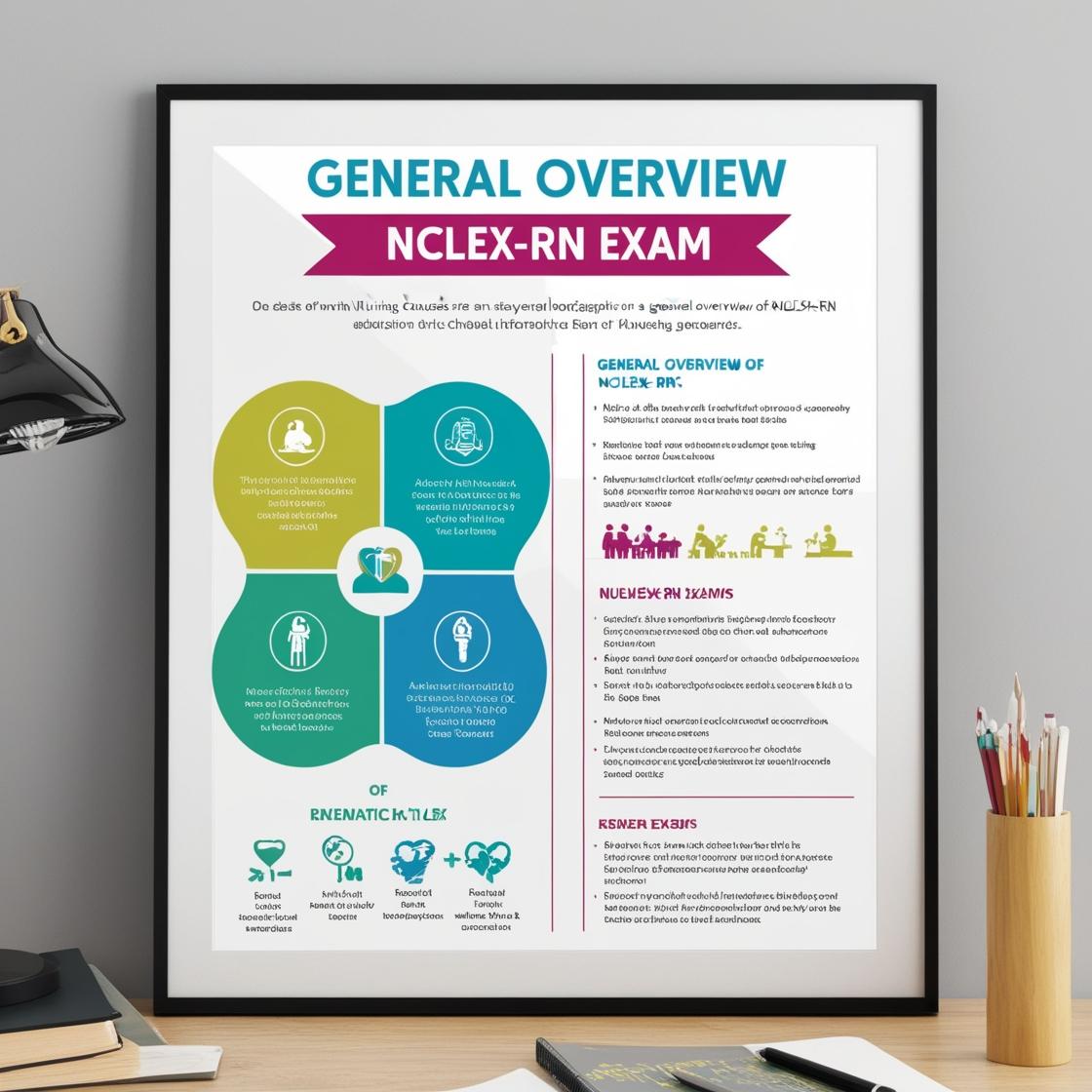NCLEX-RN
NCLEX RN Practice Questions Exam Cram
1. Following mitral valve replacement surgery, a client develops PVCs. The healthcare provider orders a bolus of Lidocaine followed by a continuous Lidocaine infusion at a rate of 2 mg/minute. The IV solution contains 2 grams of Lidocaine in 500 mL of D5W. The infusion pump delivers 60 microdrops/mL. What rate would deliver 4 mg of Lidocaine per minute?
- A. 60 microdrops/minute
- B. 20 microdrops/minute
- C. 30 microdrops/minute
- D. 40 microdrops/minute
Correct answer: A
Rationale: To calculate the rate needed to deliver 4 mg/minute of Lidocaine, first, convert 2 grams to milligrams: 2 grams = 2000 mg. Then, set up a ratio between the total amount of Lidocaine (2000 mg) and the total volume of IV solution (500 mL): 2000 mg / 500 mL = 4 mg / x mL. Solving for x, x = 1 mL. Since the infusion pump delivers 60 microdrops per mL, multiplying by 60 microdrops/mL gives the correct rate of 60 microdrops/minute. This rate ensures the desired 4 mg of Lidocaine is delivered per minute. Choices B, C, and D are incorrect as they do not align with the accurate calculation based on the provided information.
2. A client is being assessed for risks of a pressure ulcer by a healthcare professional. What is the best description of what may be found with an early pressure ulcer in an African American client?
- A. Skin has a purple/bluish color
- B. Capillary refill is 1 second
- C. Skin appears blanched at the pressure site
- D. Tenting appears when checking skin turgor
Correct answer: A
Rationale: When assessing for signs of developing pressure ulcers in a client with dark skin, traditional signs like blanching may not be evident. In individuals with darker skin tones, the skin of an early pressure ulcer may present with a purple or bluish hue. This discoloration can be a crucial indicator of compromised circulation and tissue damage. Capillary refill, blanching, and tenting are more commonly used in the assessment of skin integrity and hydration levels but may not be as reliable in individuals with darker skin tones, making the purple/bluish color a key finding in this context.
3. When assessing a child admitted to the hospital with pyloric stenosis, which symptom would the nurse likely find when asking the parent about the child's symptoms?
- A. Watery diarrhea
- B. Projectile vomiting
- C. Increased urine output
- D. Vomiting large amounts of bile
Correct answer: B
Rationale: In pyloric stenosis, hypertrophy of the circular muscles of the pylorus causes narrowing of the pyloric canal between the stomach and the duodenum. The hallmark symptom of pyloric stenosis is projectile vomiting, which is the forceful expulsion of stomach contents. Other common symptoms include irritability, hunger and crying, constipation, and signs of dehydration. Watery diarrhea (Choice A) is not a typical symptom of pyloric stenosis. Increased urine output (Choice C) is not directly associated with this condition. Vomiting large amounts of bile (Choice D) is not a characteristic symptom of pyloric stenosis; instead, the vomitus in pyloric stenosis is non-bilious.
4. A patient is deciding whether they should take the live influenza vaccine (nasal spray) or the inactivated influenza vaccine (shot). The nurse reviews the client's history. Which condition would NOT contraindicate the nasal (live vaccine) route of administration?
- A. The patient takes long-term corticosteroids
- B. The patient is not feeling well today
- C. The patient is 55 years old
- D. The patient has young children
Correct answer: D
Rationale: The correct answer is that the patient has young children. Having young children is not a contraindication for the live influenza vaccine unless the children are immunocompromised, which is not mentioned. Choice A, the patient taking long-term corticosteroids, is a contraindication for the live vaccine due to potential immunosuppression. Choice B, the patient not feeling well today, is a general precaution for vaccination and not a contraindication specific to the live influenza vaccine. Choice C, the patient being 55 years old, is not a contraindication for the live vaccine unless there are other specific medical conditions present.
5. A patient is on bedrest 24 hours after a hip fracture. Which regular assessment or intervention is essential for detecting or preventing the complication of Fat Embolism Syndrome?
- A. Performing passive, light range-of-motion exercises on the hip as tolerated.
- B. Assess the patient's mental status for drowsiness or sleepiness.
- C. Assess the pedal pulse and capillary refill in the toes.
- D. Administer a stool softener as ordered.
Correct answer: B
Rationale: In detecting or preventing Fat Embolism Syndrome (FES), assessing the patient's mental status for drowsiness or sleepiness is crucial. Decreased level of consciousness is an early sign of FES due to decreased oxygen levels. Performing passive, light range-of-motion exercises on the hip may not directly relate to FES. Assessing pedal pulse and capillary refill in the toes is essential for assessing circulation but not specific to detecting FES. Administering a stool softener, while important for preventing constipation in immobilized patients, is not directly related to detecting or preventing FES.
Similar Questions

Access More Features
NCLEX RN Basic
$69.99/ 30 days
- 5,000 Questions with answers
- Comprehensive NCLEX coverage
- 30 days access @ $69.99
NCLEX RN Premium
$149.99/ 90 days
- 5,000 Questions with answers
- Comprehensive NCLEX coverage
- 30 days access @ $149.99
